Film and Music: Final Thoughts
/On March 28th, our Civic Innovation class had the honor to formally present each of our experiments at the Calgary Central Library. This showcase event provided an amazing opportunity to display our work in front of the many individuals who supported us throughout the course. When it came time for those in attendance to get a firsthand experience with our installations, the feedback and encouragement from all was a significant highlight of the event.
As we approach the concluding days of this course, our Film and Music group feels an abundant sense of satisfaction and accomplishment. However, our success could not have been fulfilled without the gracious generosity of time and resources from everyone involved. Bill Ptacek and the Calgary Central Library facilitated an amazing work environment for us to create and design our exhibit. The advice, guidance and financial assistance from our community sponsors does not go without notice, and was greatly appreciated at every step along the way. These organizations include the Alberta Real Estate Foundation, CADA, J.W. McConnell Family Foundation and the Mount Royal Institute for Community Prosperity. Lastly, a special “thank you” to Kevin Jesuino and all of our mentors who challenged and pushed our group to create the best experiment possible.



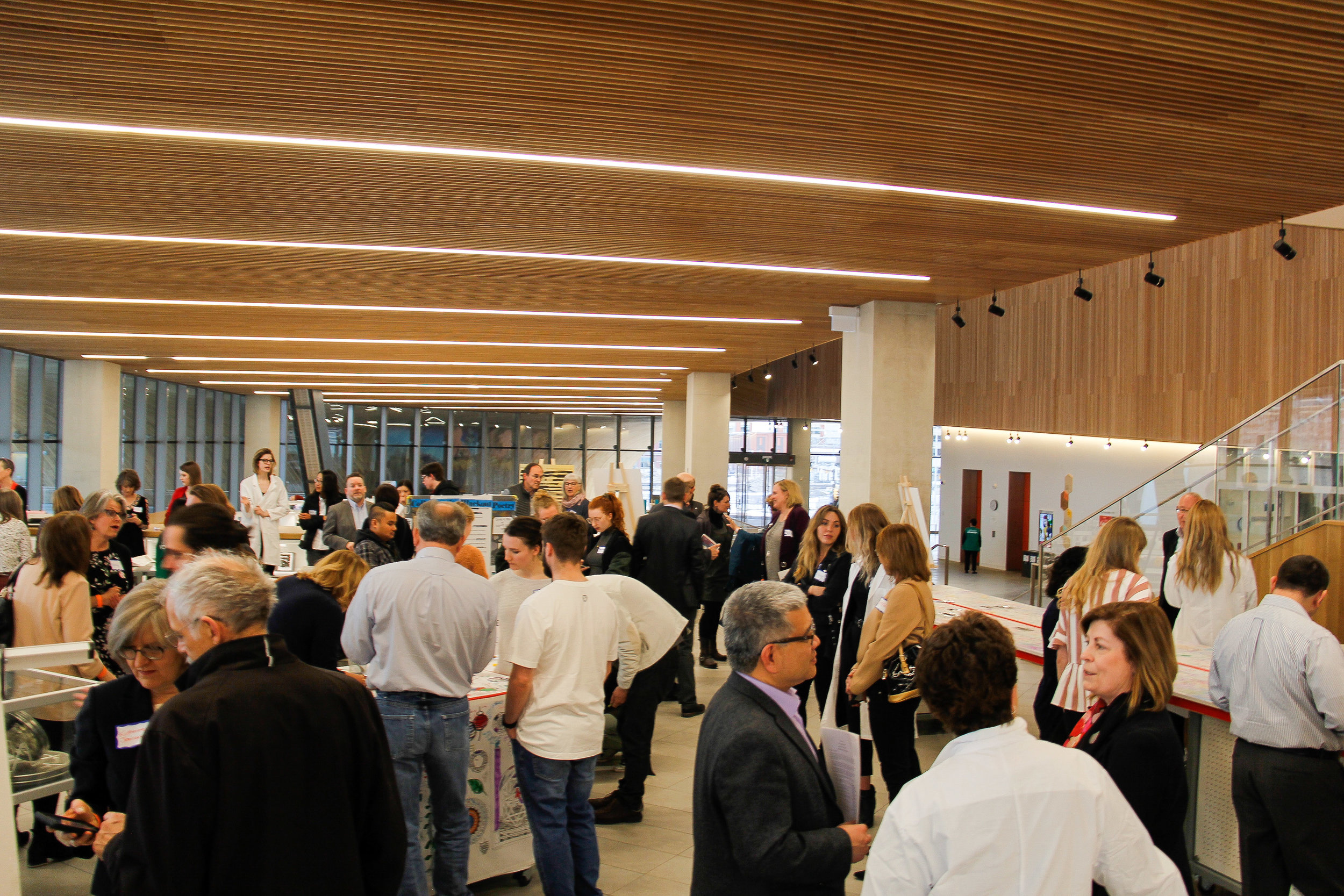
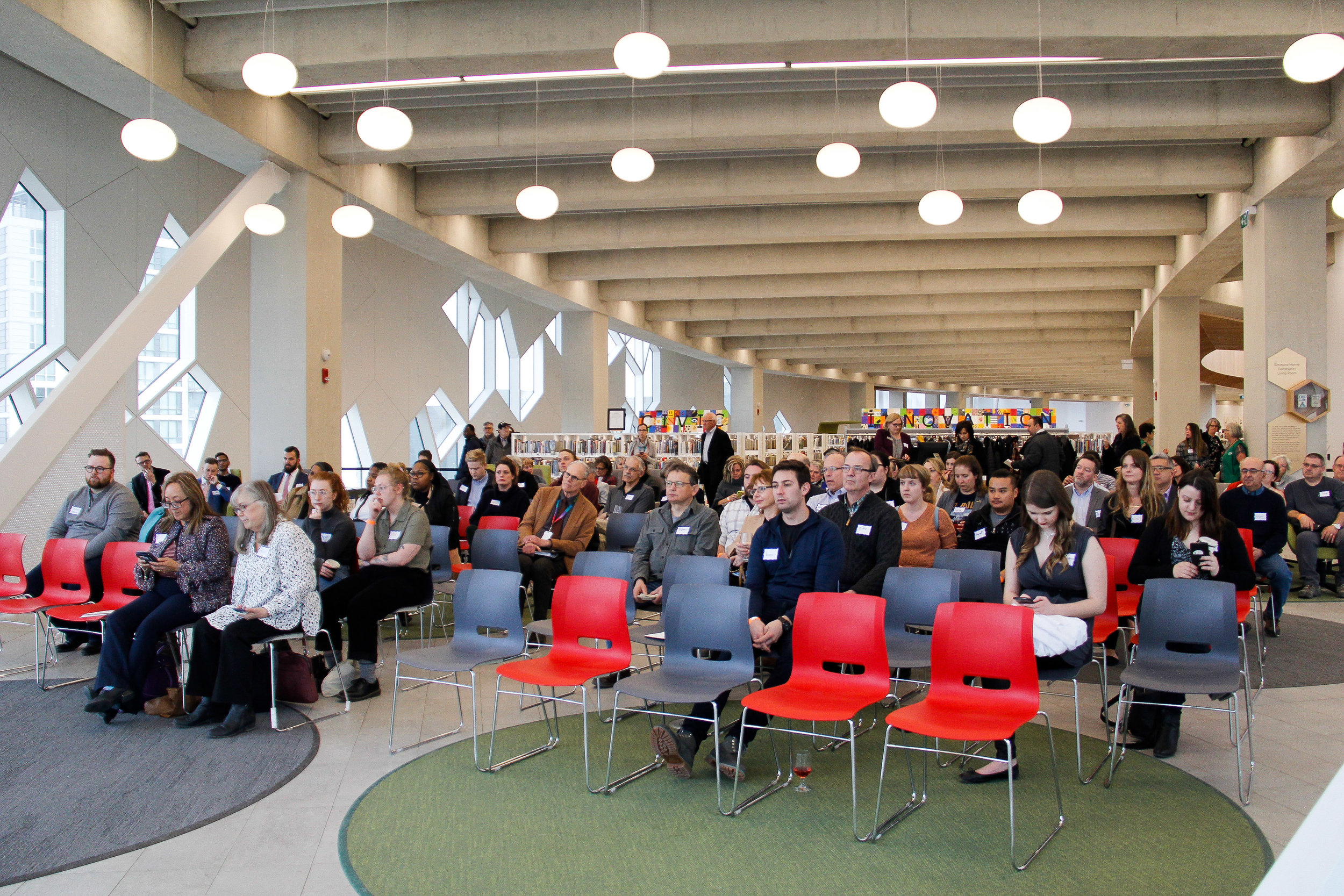

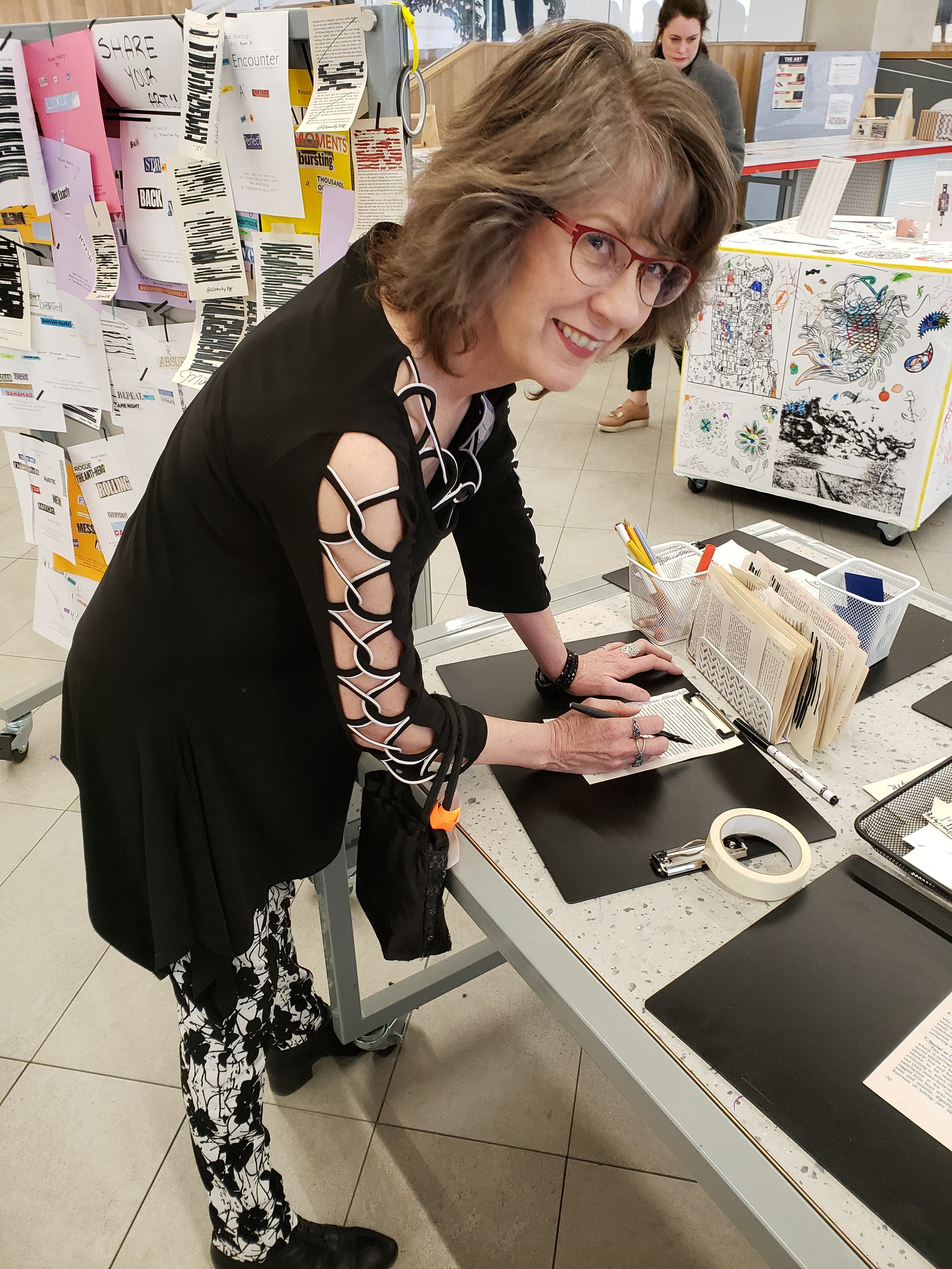
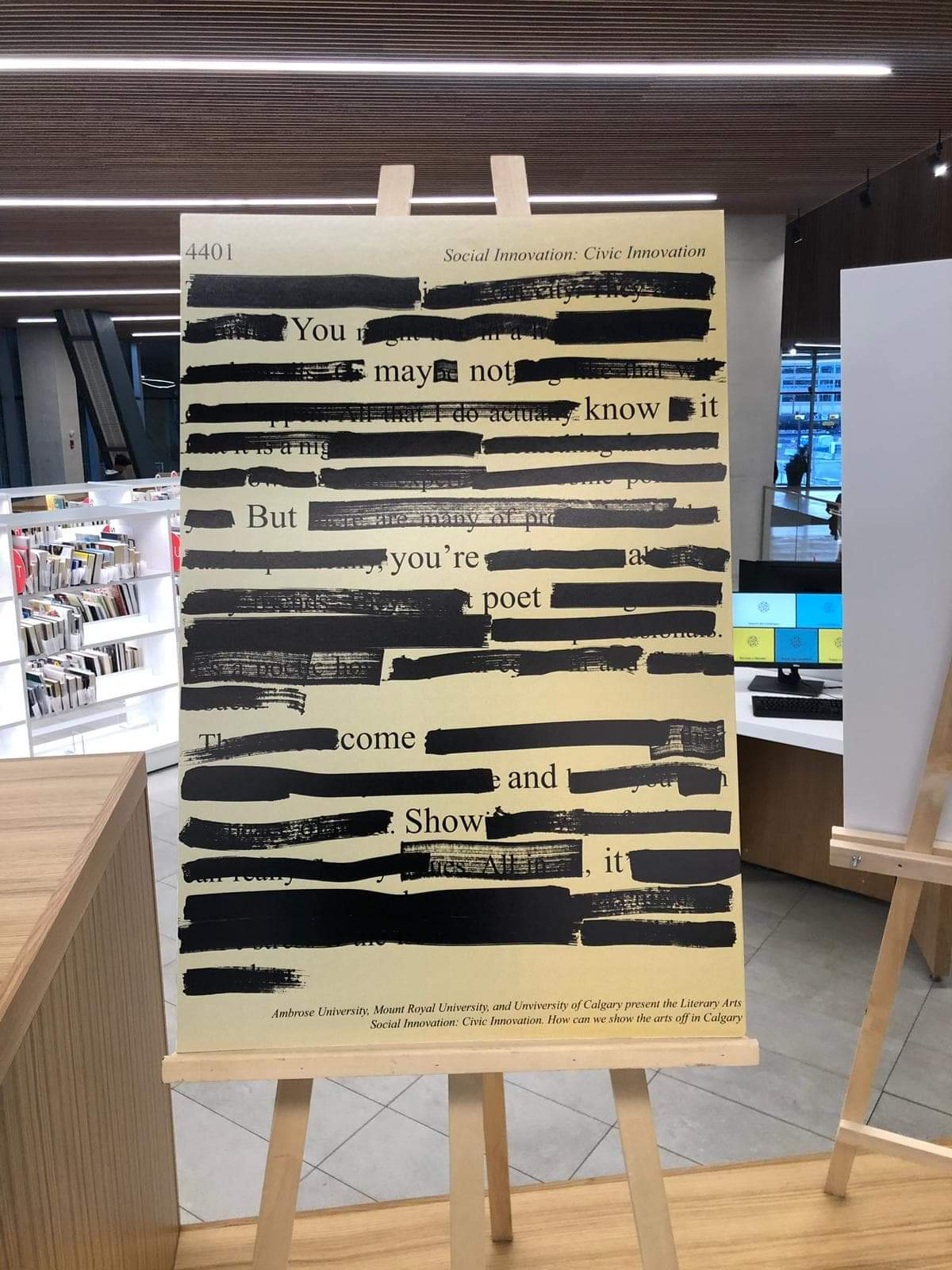
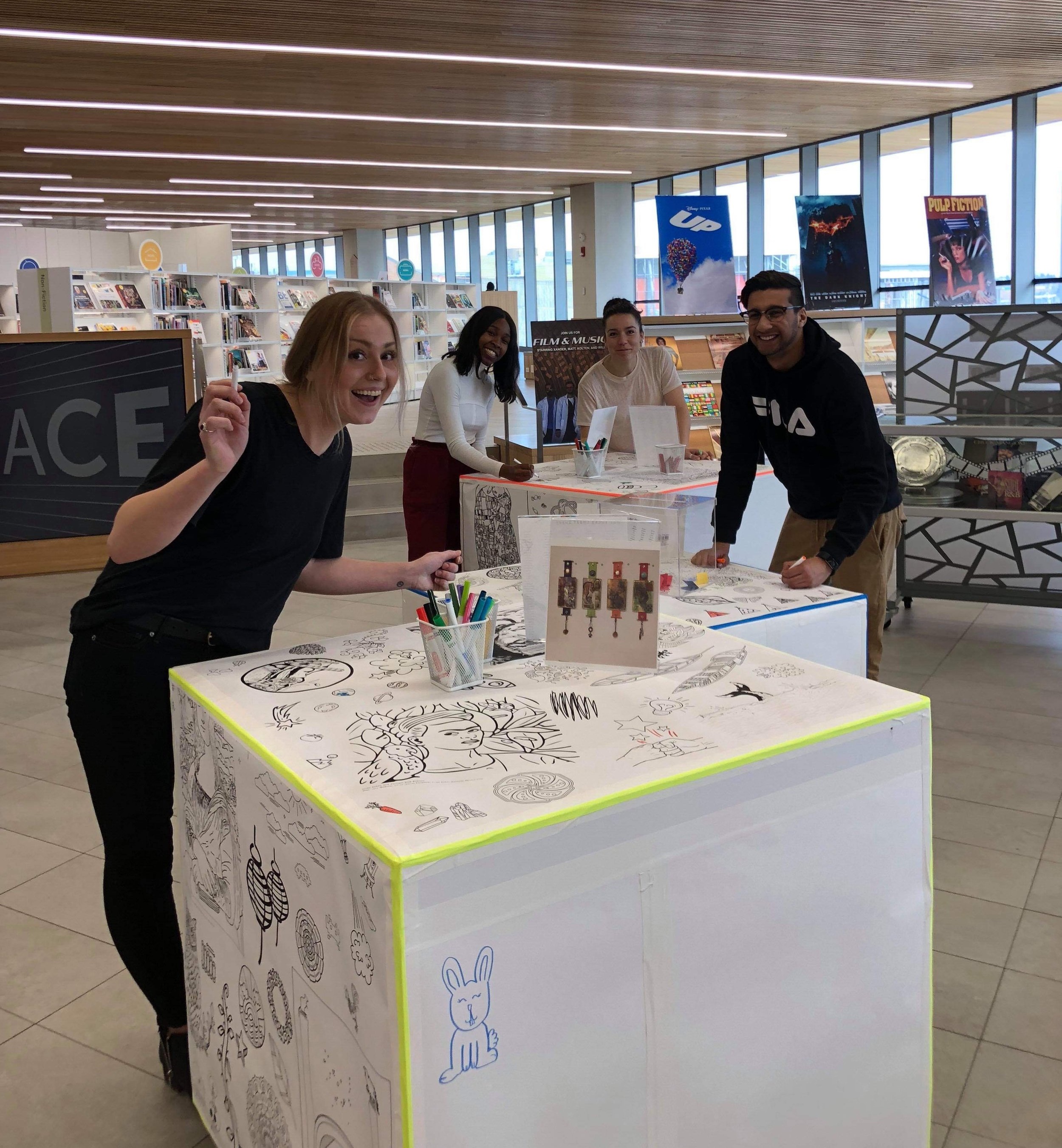

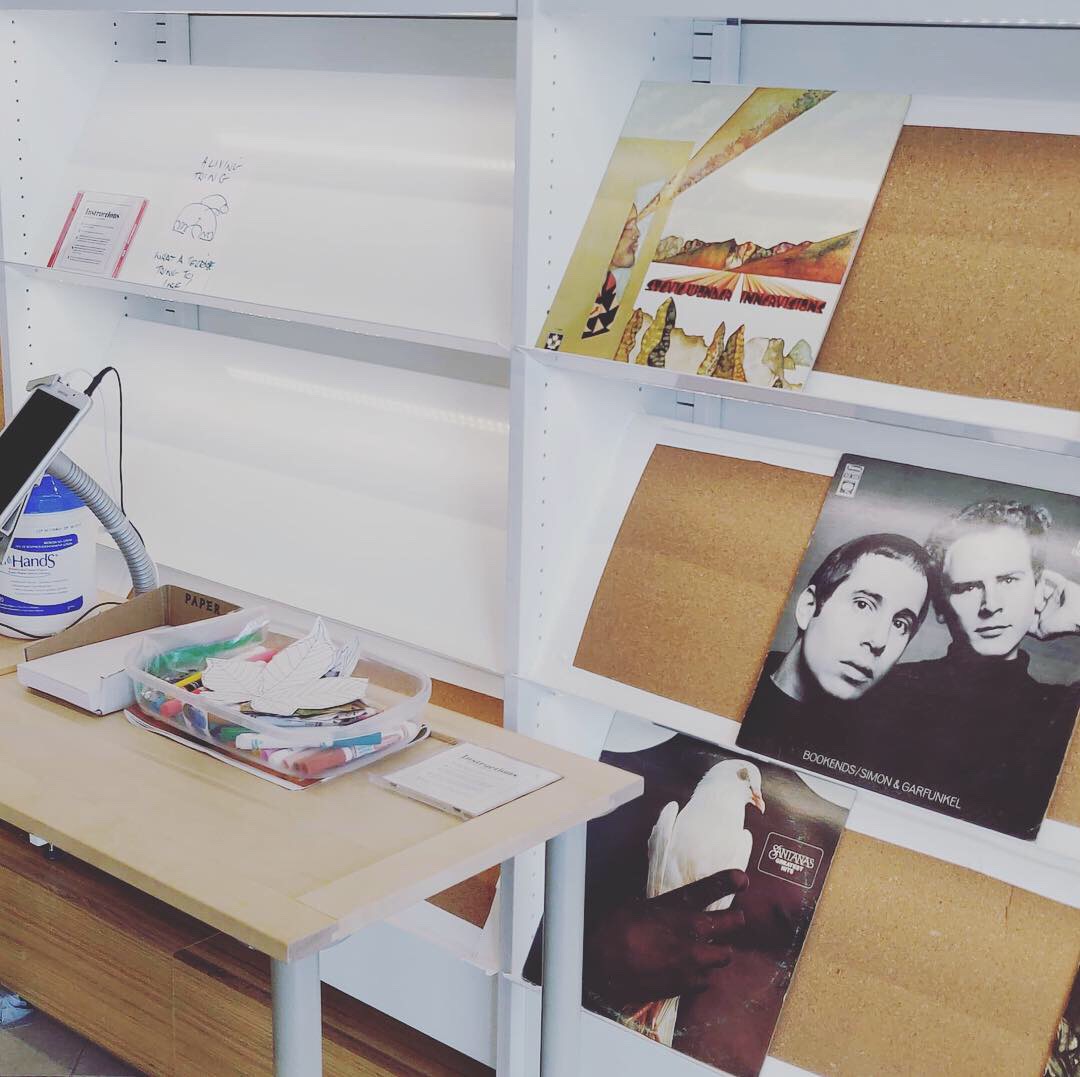
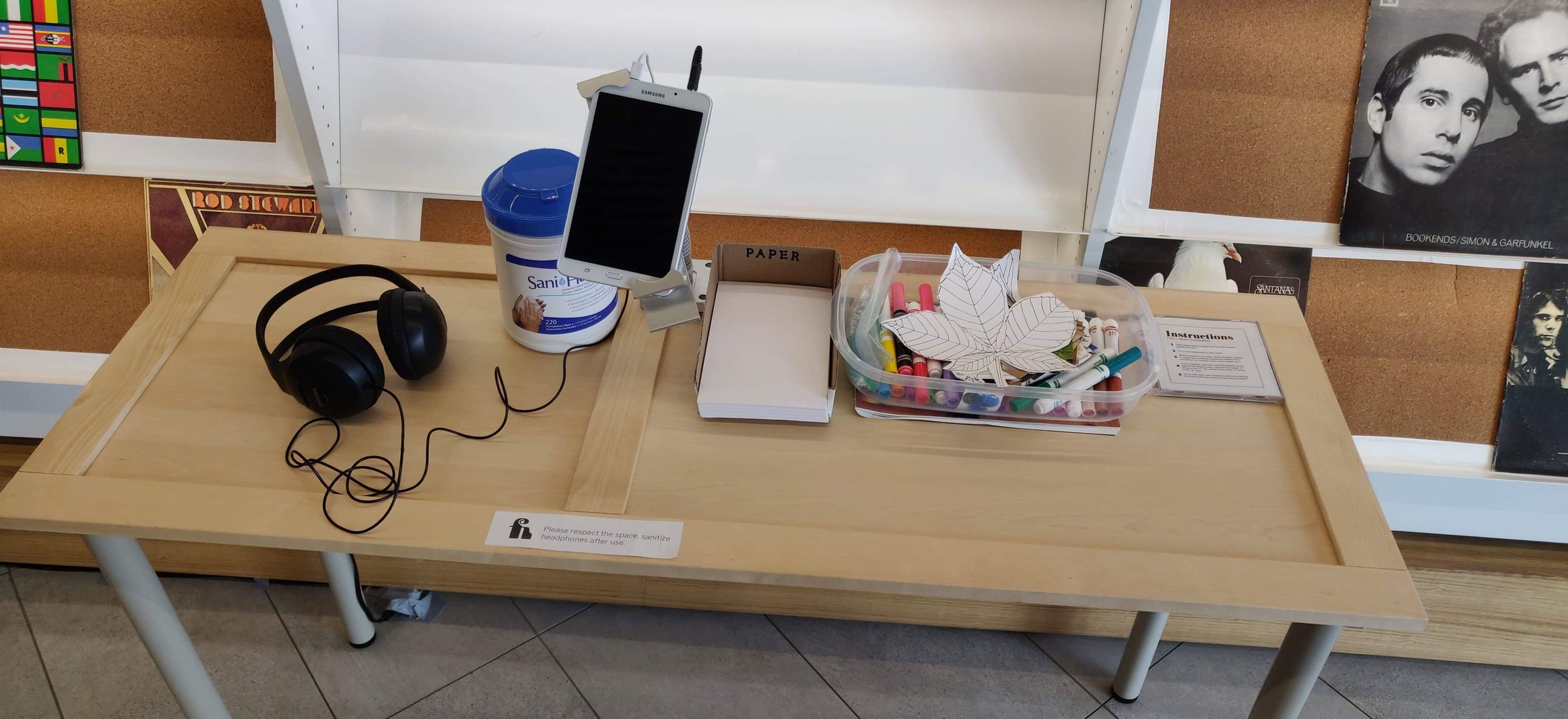
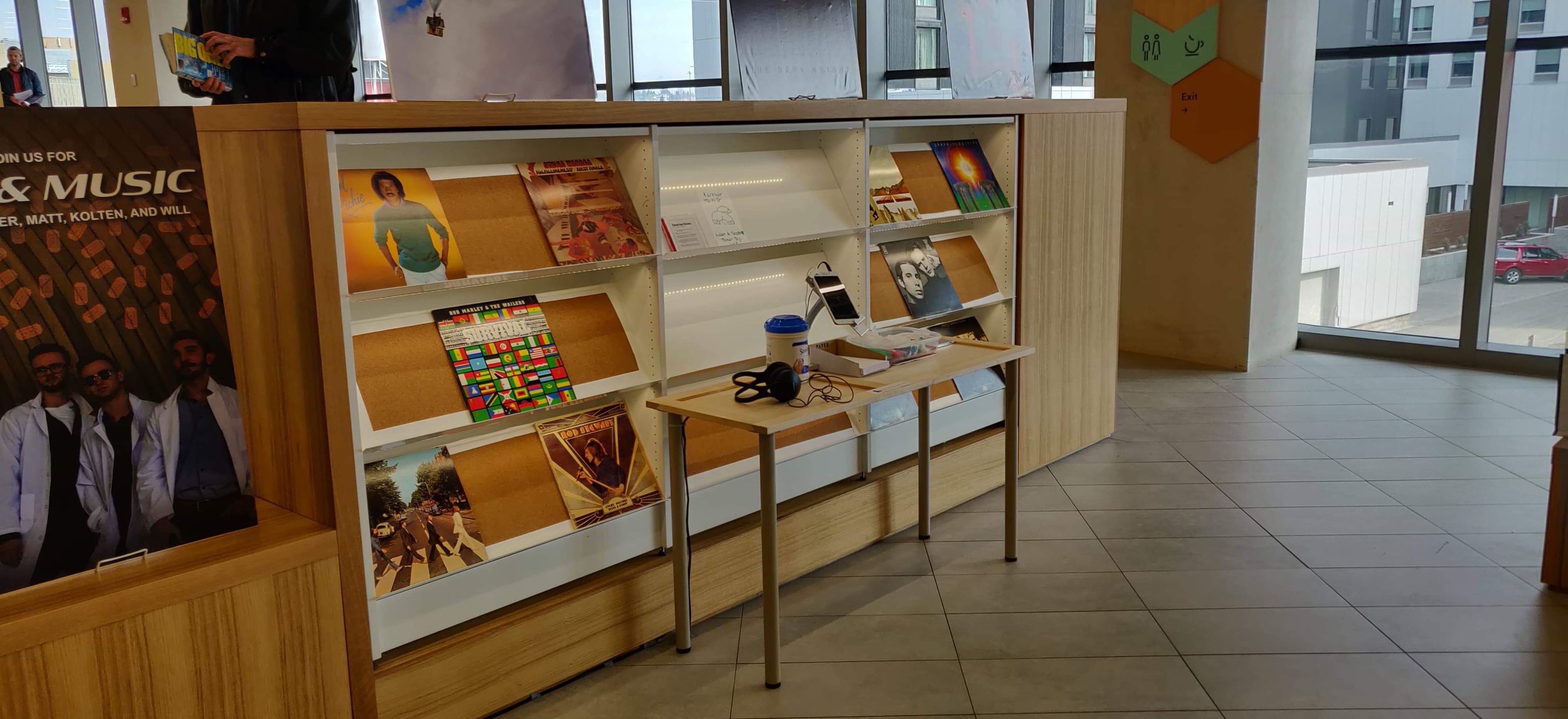






![Laube, K. (2017) Bilbao Guggenheim Museum [Photograph]. Retrieved from https://www.dw.com/en/highlights-of-the-guggenheim-museum-bilbao/g-41315940](https://images.squarespace-cdn.com/content/v1/57b75862bebafbd8b053fc4f/1551900663199-8TCZ2NCNP3P7CJEXJ5PP/Screen+Shot+2019-03-06+at+12.30.44+PM.png)






